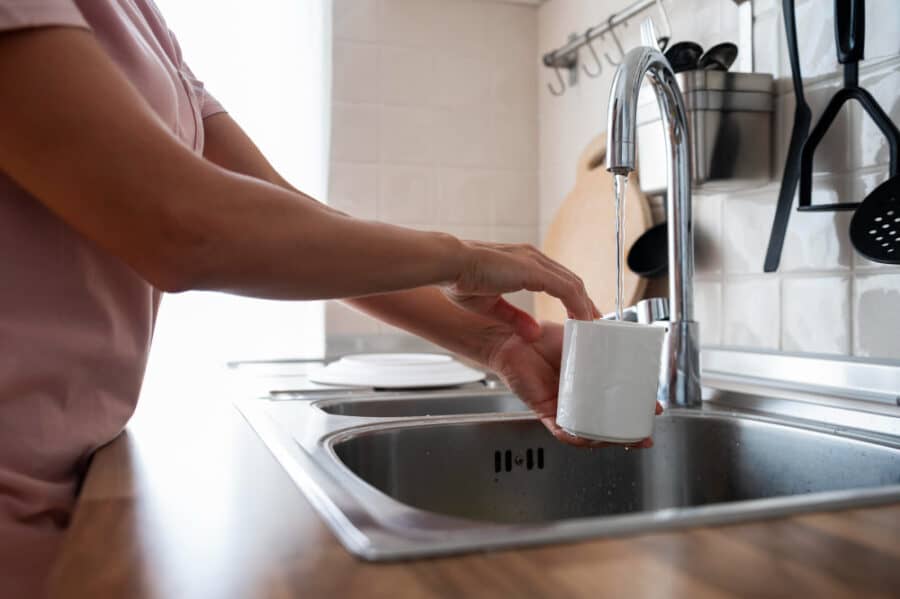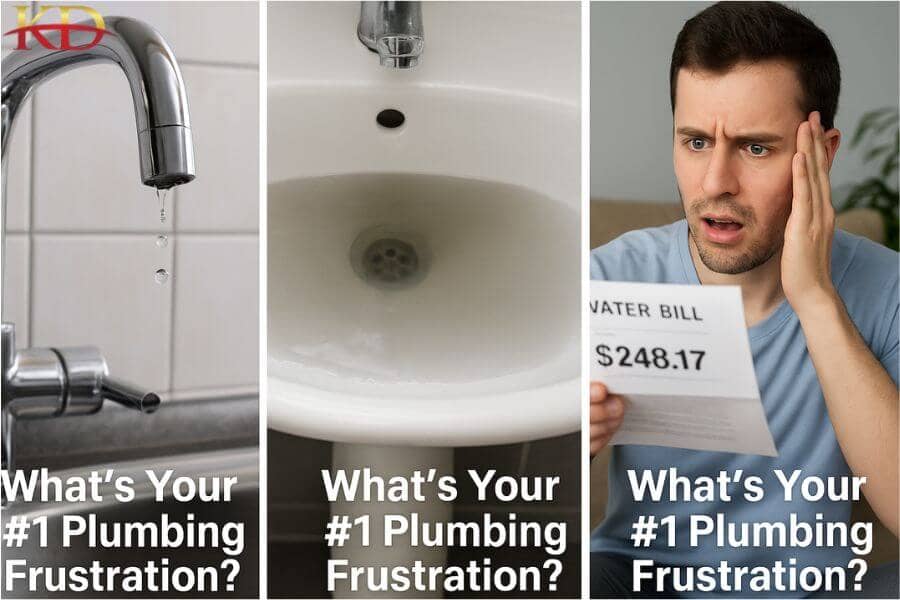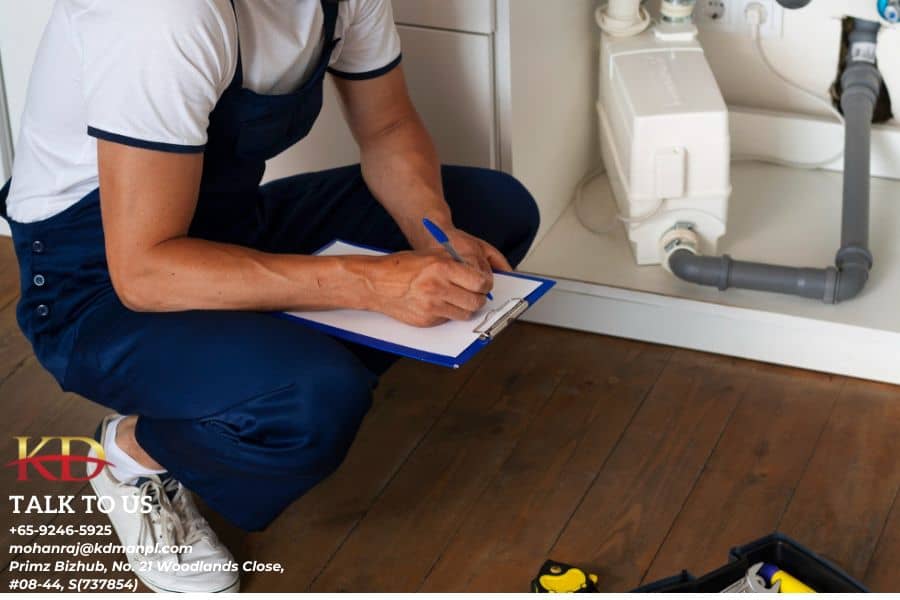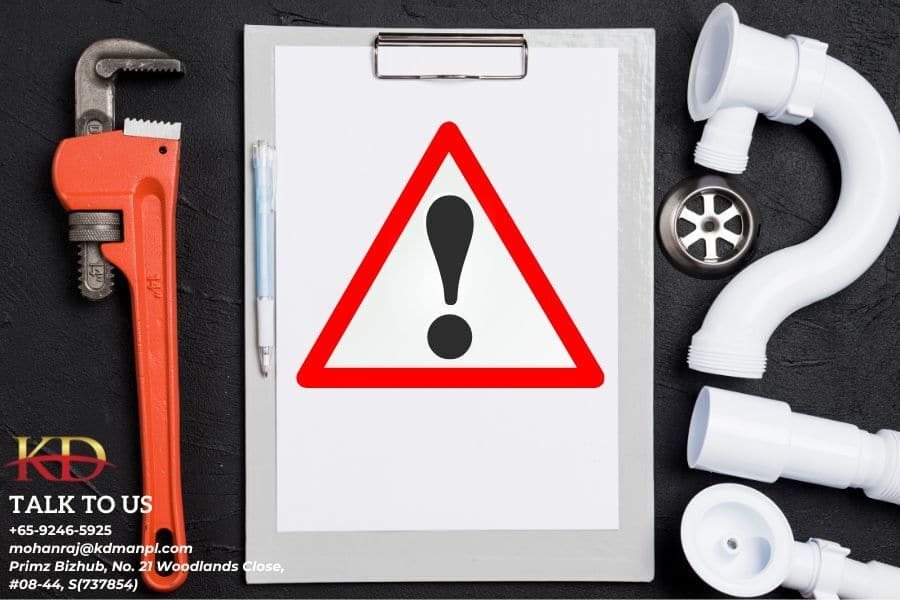The kitchen is one of the most frequently used spaces in any Singaporean home, and its plumbing system plays a crucial role in daily activities like cooking, washing, and cleaning. However, kitchen plumbing issues can be frustrating and, if left unchecked, may lead to costly repairs. In this guide, we’ll explore common kitchen plumbing problems in Singapore and practical solutions to keep your kitchen running smoothly.
1. Common Kitchen Plumbing Issues
1.1. Clogged Kitchen Sink
A clogged sink is one of the most frequent kitchen plumbing problems in Singaporean homes, often caused by food scraps, grease buildup, and soap residue. With high humidity levels, grease can solidify faster, worsening blockages.
Solution:
- Avoid pouring oil or grease down the drain; instead, dispose of it in a separate container.
- Use a sink strainer to catch food particles.
- Flush the drain with hot water and baking soda regularly to break down minor blockages.
- For stubborn clogs, a professional plumber can use specialized tools like a drain snake or hydro-jetting.
1.2. Leaking Kitchen Faucets
Leaky faucets waste water and increase utility bills. In Singapore, where water conservation is a priority, even a small leak can add up over time.
Solution:
- Check and replace worn-out washers or O-rings inside the faucet.
- If the faucet body is cracked or severely corroded, replacing it is the best option.
- Engage a licensed plumber to install water-efficient faucets with a Water Efficiency Labelling Scheme (WELS) rating to help save water.
1.3. Low Water Pressure
Experiencing weak water flow from your kitchen tap? This could be due to a clogged aerator, sediment buildup, or issues with the water supply.
Solution:
- Unscrew and clean the faucet aerator to remove any mineral deposits.
- Check if other taps in your home have the same issue—if so, it could be a supply issue, and you may need to contact PUB (Singapore’s National Water Agency).
- If the problem persists, a plumber can inspect your pipes for leaks or blockages.
1.4. Leaking Under-Sink Pipes
Leaks under the kitchen sink can go unnoticed for a while, leading to mold growth and water damage.
Solution:
- Regularly check under your sink for signs of moisture, mold, or water stains.
- Tighten any loose pipe connections.
- If pipes are corroded or cracked, professional repair or replacement is necessary.
1.5. Dishwasher Drainage Issues
For homes with dishwashers, poor drainage can cause water to pool at the bottom of the unit, often due to food debris blocking the drain.
Solution:
- Regularly clean the dishwasher filter and drain.
- Ensure the drain hose is correctly installed and free of kinks.
- If drainage issues persist, consult a plumber to check for pipe blockages.
2. Best Practices for Maintaining Your Kitchen Plumbing
- Dispose of Waste Properly – Avoid flushing food waste, coffee grounds, and oil down the drain.
- Schedule Regular Drain Cleaning – Monthly cleaning with baking soda and vinegar can prevent buildup.
- Inspect for Leaks Regularly – A small leak can escalate into a bigger problem if ignored.
- Use Water-Efficient Fixtures – Install WELS-certified taps to reduce water consumption and lower bills.
- Hire a Licensed Plumber for Repairs – Unlicensed work can lead to further issues and possible fines in Singapore.
3. When to Call a Professional Plumber
While some minor issues can be fixed with DIY methods, certain plumbing problems require expert attention:
- Persistent clogged drains that don’t clear with basic methods.
- Leaky pipes that continue dripping despite tightening connections.
- Unusual odors or gurgling sounds coming from the sink.
- Water pooling under the sink or near appliances.
Engaging a UEN-registered plumbing company ensures quality work, compliance with Singapore’s plumbing regulations, and long-term peace of mind.
4. Get Professional Kitchen Plumbing Services
If you’re facing kitchen plumbing problems, don’t wait until they get worse! At KD Man Pte Ltd, we provide reliable and efficient plumbing solutions for homes and businesses across Singapore.





Leave a Reply